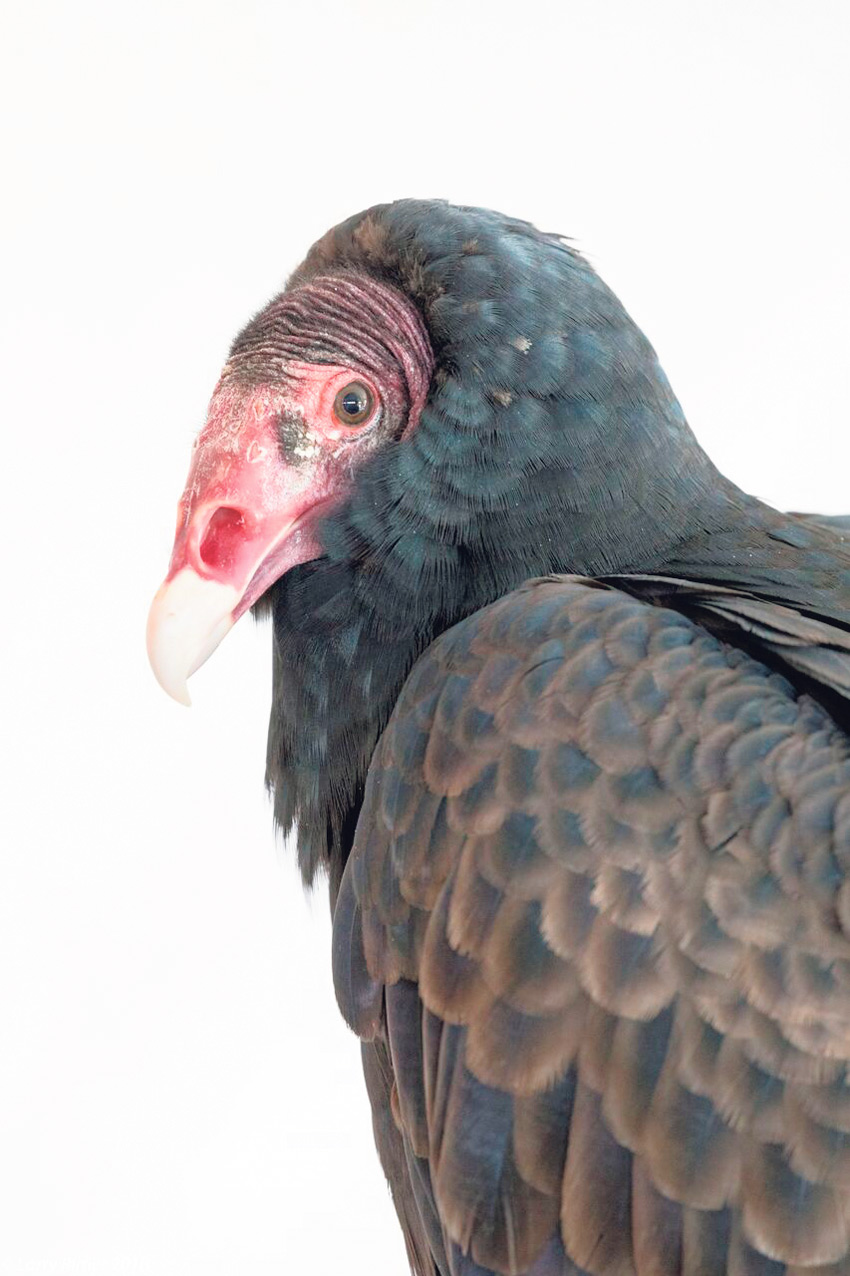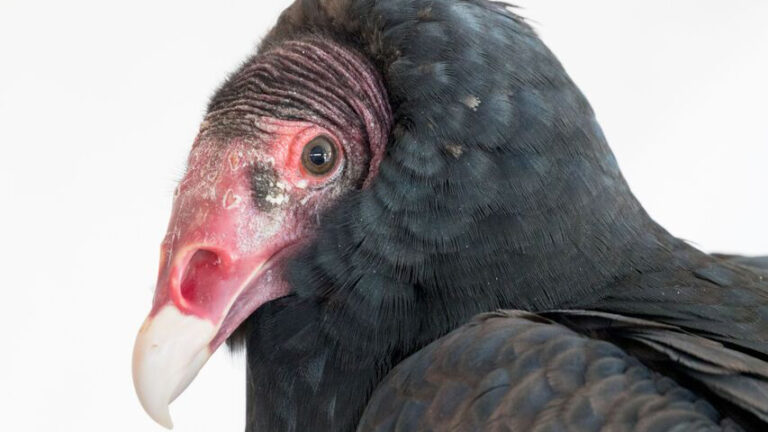Brave New World Vulture
Beauty The Turkey Vulture Does Work To Make Her Species Proud


Beauty the Turkey Vulture has a unique injury--she is a human imprint. She now teaches humans about her species through Hawks Aloft, Inc.
Larry Rimer








